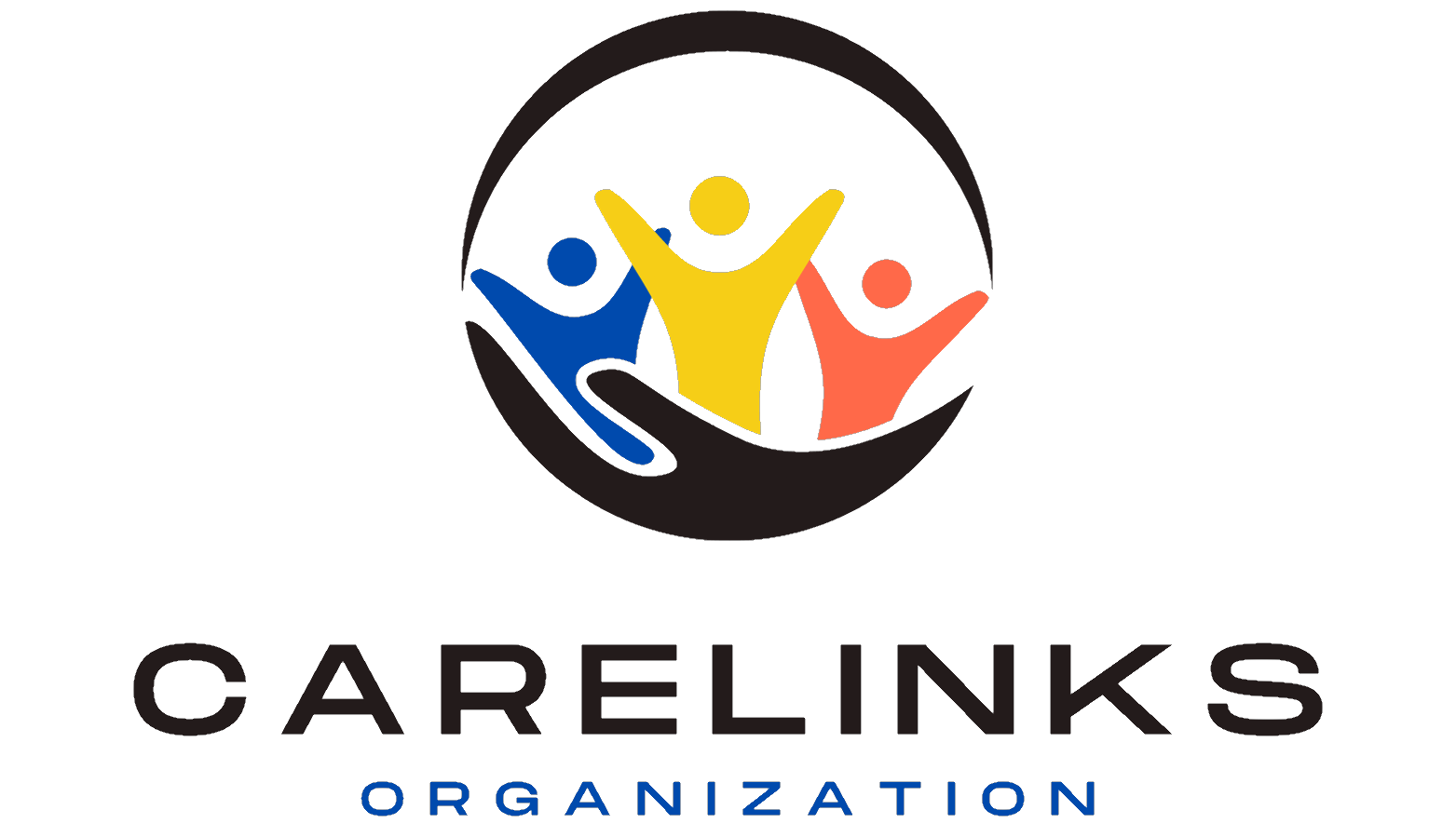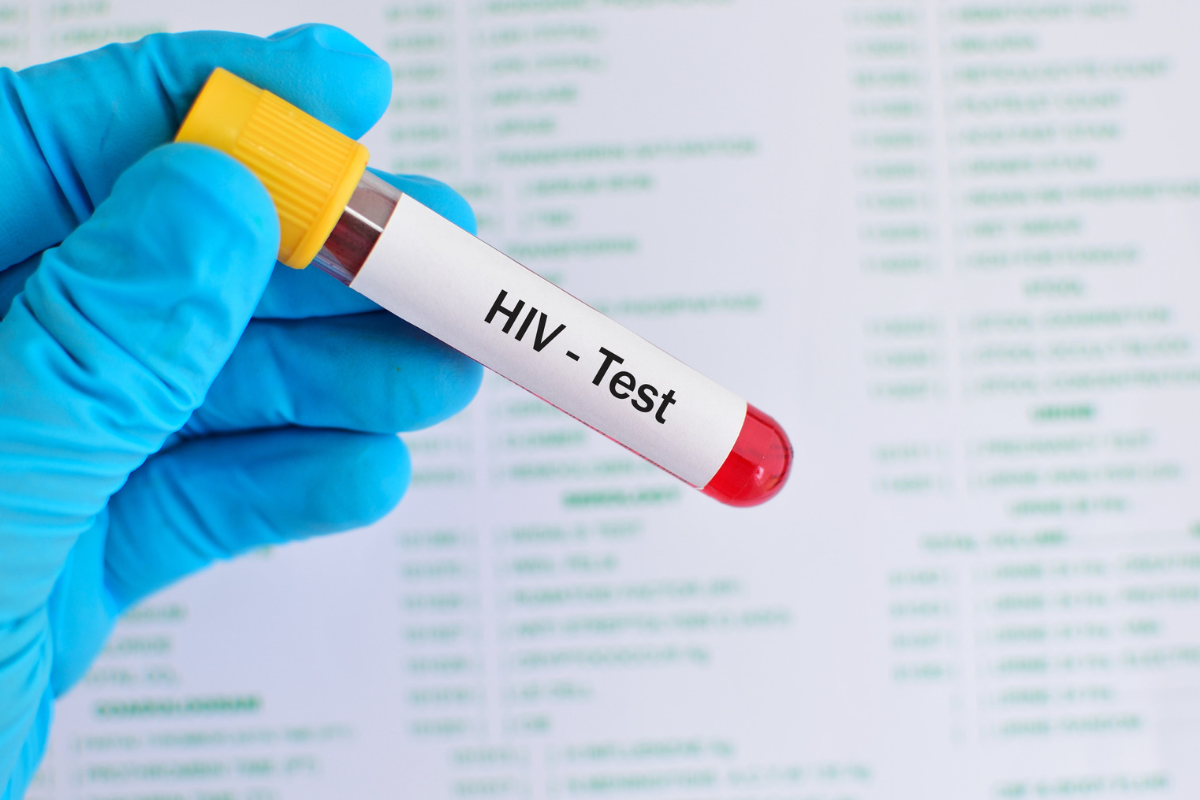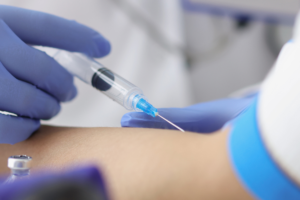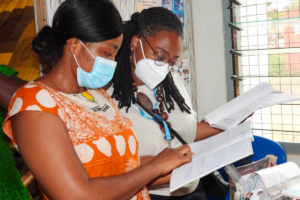Confronting global inequalities to end HIV/AIDS
Africa is not on track to end AIDS by 2030. The global crises of the COVID-19 pandemic and the war in Ukraine exacerbated intersecting inequalities—within Africa, as well as between Africa and the Global North. But there is good news: By tackling inequalities we can end AIDS. Here are four practical measures leaders can take.
In sub-Saharan Africa, adolescent girls and young women are three times more likely to be infected with HIV than boys and men of the same age. The driving factor is inequality. Enabling girls to stay in school until they complete secondary education reduces their vulnerability to HIV infection by up to 50 percent. When we include comprehensive sexuality education and other measures for girls’ empowerment their risk is reduced even further. That is why 12 African countries have come together in the Education Plus Initiative, supported by the U.N. to make this happen. Beyond this, we must combine services for sexual and reproductive health, together with services for—preventing and responding to—sexual and gender-based violence, as well as HIV.



